Pressure increases when leading super ship
At 12 noon, the meal of the senior pilot Nguyen Viet Dung (Maritime Pilot Company Region II) was constantly interrupted by calls about the plan to bring the ship into Hai Phong seaport. After quickly finishing his meal, he quickly returned to the office.

Pilot Nguyen Viet Dung and his colleagues carry out plans and assess safety conditions to guide ships into port.
After 22 years in the profession, such quick meals are a common occurrence for him. He shared that the pilot is one of the people with the highest responsibility in ensuring the safety of the ship. Therefore, leading a small ship is stressful, leading a super ship increases that pressure many times over.
As the main pilot assigned to lead the Wanhai A07 - the largest ship ever to dock at Hai Phong port in 2022, Mr. Dung admitted that leading this ship is not simple. The ship is 335m long, 51m wide and has a capacity of 13,458 TEUs. The ship is large so it has low inertia, so how to control the speed, angle of docking, speed of docking... requires an experienced pilot.
"Before being selected to lead the ship, I had undergone training courses abroad. But it was the largest ship ever to enter the port, so that day was extremely stressful. Stepping on the ship, all senses had to be fully focused," he said.
Mr. Dung said that the first time he led a large ship, it took him more than 2 hours to maneuver the ship. While guiding, he had to calculate to have the highest safety factor. Now that he is familiar with it, the time to maneuver the ship has been shortened.
Small mistake, unpredictable consequences
As one of three exceptional pilots who are allowed to lead super ships with a length of 350m or more, Mr. Nguyen Huu Tinh (45 years old, Maritime Pilotage Company Region II) shared: "Being the "eyes" for these ships has never been easy."
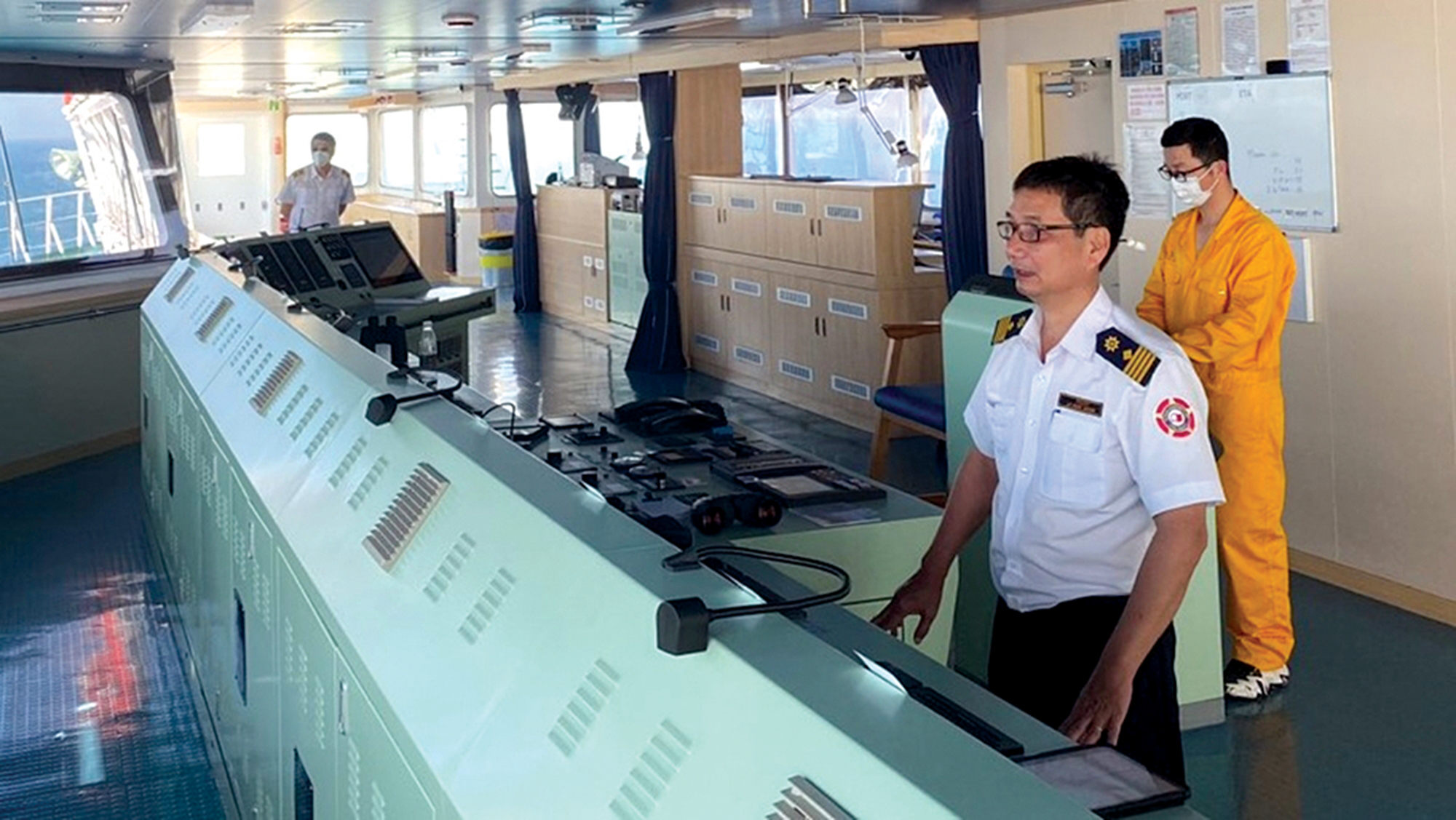
Premier pilot Le Ngoc Duong is leading the ship into Cai Mep - Thi Vai port.
According to this navigator with 20 years of experience, a navigator's job is not allowed to make mistakes, must always be focused and subjectivity is absolutely not allowed to exist. Because just 1 second of carelessness can cause an accident, with unpredictable consequences.
"The Hai Phong waterway is quite complicated, long, narrow and has many bends. The density of ships in the area is high and there are many small ships. Large and long ships, so just deviating from the waterway can cause the two ends of the ship to be stranded on the edge of the waterway," said Mr. Tinh, adding that big waves and strong winds are also a challenge for pilots because ships can easily drift.
He remembered one time when he was leading a ship with a capacity of about 50,000 DWT into the Nam Dinh Vu area, a sudden storm arose while the ship was docking, the mooring rope broke. Keeping calm, he used the bow propeller, and used two tugboats to support the ship to keep it safe, docked the ship parallel to the bridge at a distance of 20m and then docked again.
"Holding breath" waiting for the ship to enter the port
At around 10am one morning in July 2023, the ship named Maran Gas Achilles carrying the first 70,000 tons of LNG worth about VND830 billion to Vietnam entered Cai Mep port, Ba Ria - Vung Tau province. To ensure the highest level of safety, two experienced pilots, Pham Trung Tin and Le Ngoc Duong (Vung Tau Maritime Services and Transport Joint Stock Company) were selected.
Even though the job is stressful enough to turn your hair gray, being able to contribute to bringing ships in and out of port safely is a joy that not everyone can have.
Pilot Nguyen Huu Tinh
Having had a lot of experience leading "super ships" with a capacity of over 214,000 DWT, but this was the first time piloting an LNG ship, pilot Le Ngoc Duong could not help but worry. During the 6 months before the ship officially entered the port, he had to work many times with many survey teams of ship owners and cargo owners from abroad.
They went to survey the waterway, the port capacity and the pilot capacity, as well as put in place many strict procedures. He and his teammates had to participate in simulations with 24 ship piloting scenarios under pressure: Absolutely not allowed to run any scenario incorrectly. Only when there is enough safety assurance, will the cargo owner and ship owner bring the ship.
Vietnam has never welcomed this type of ship before, so he and his colleagues have to be much more careful than when guiding container ships. Because if an accident happens, the whole Phu My area could be severely damaged. The two of them divided the work, one person guided the channel, the other person was in charge of when the ship approached and left the pier. Authorities mobilized up to 4 tugboats to escort the ship.
"At this time, all attention was focused on the ship and the pilot. There were several flycams above, and on the ground, many leaders and officials were "holding their breath" waiting for the ship to enter the port, plus the authorities closely monitoring, which put me under a lot of pressure," said Mr. Duong, adding that this pressure forced him to try his best to be as professional and precise as possible.
The ship successfully docked, providing the pilots with valuable experience in the profession.
Pilot Duong boasts that he has guided about 4 LNG trains so far. As for the container "super ships", he can't remember how many times he has been the "eyes" of the ship.
In fact, while Hai Phong seaport has large container ships of up to 145,000 DWT entering and leaving Lach Huyen seaport, in the South, Cai Mep - Thi Vai port (Ba Ria - Vung Tau) has also welcomed large ships of more than 200,000 DWT many times.
Taking the ships dubbed "sea monsters", towering over the sea like a small island, in and out of port is not only a great responsibility for the pilots, but also an opportunity for them to hone their skills.
Source: https://www.baogiaothong.vn/doi-mat-cua-cac-sieu-tau-192240624085546369.htm



![[Photo] General Secretary To Lam attends the 80th anniversary of Vietnam's diplomacy](https://vstatic.vietnam.vn/vietnam/resource/IMAGE/2025/8/25/3dc715efdbf74937b6fe8072bac5cb30)
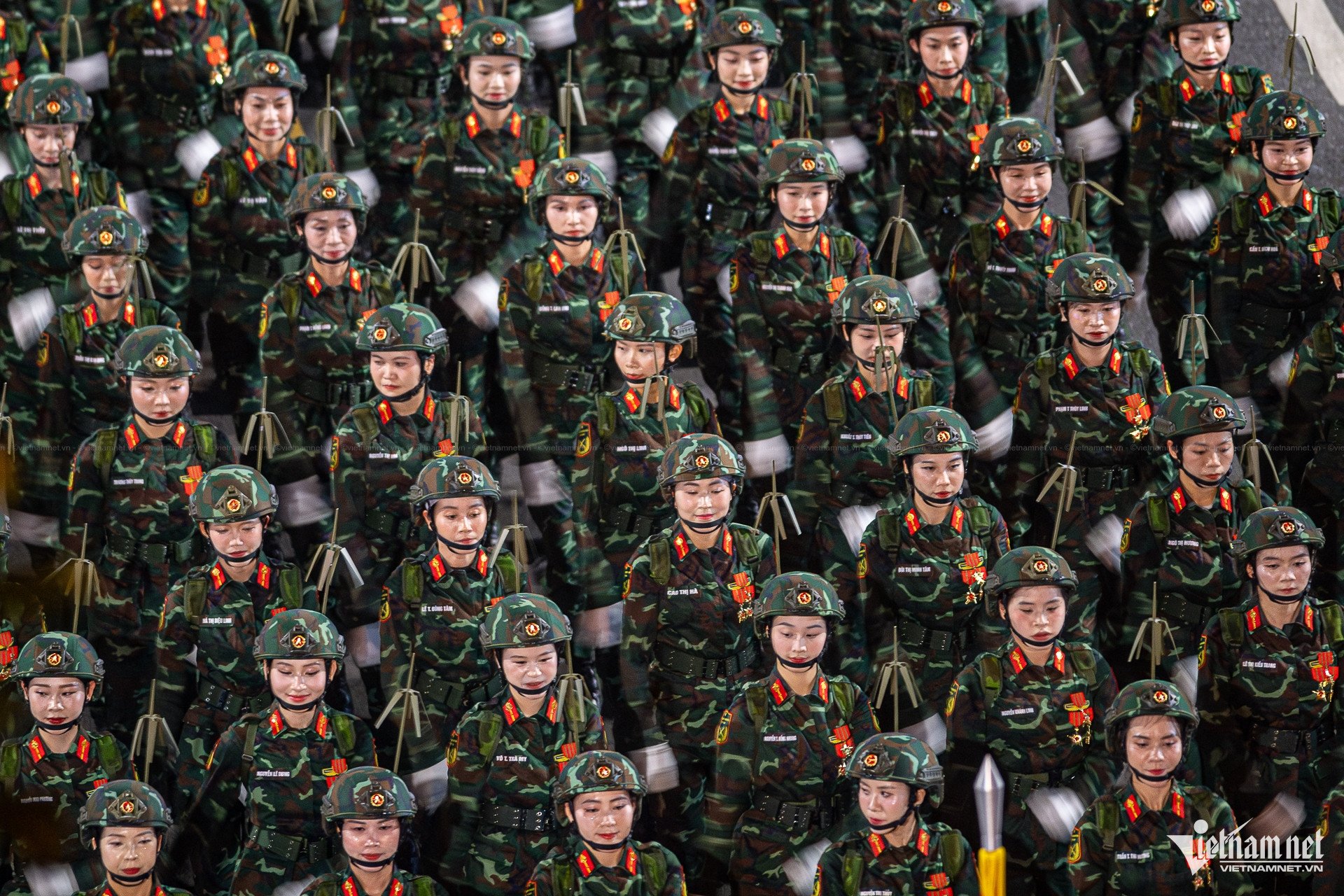

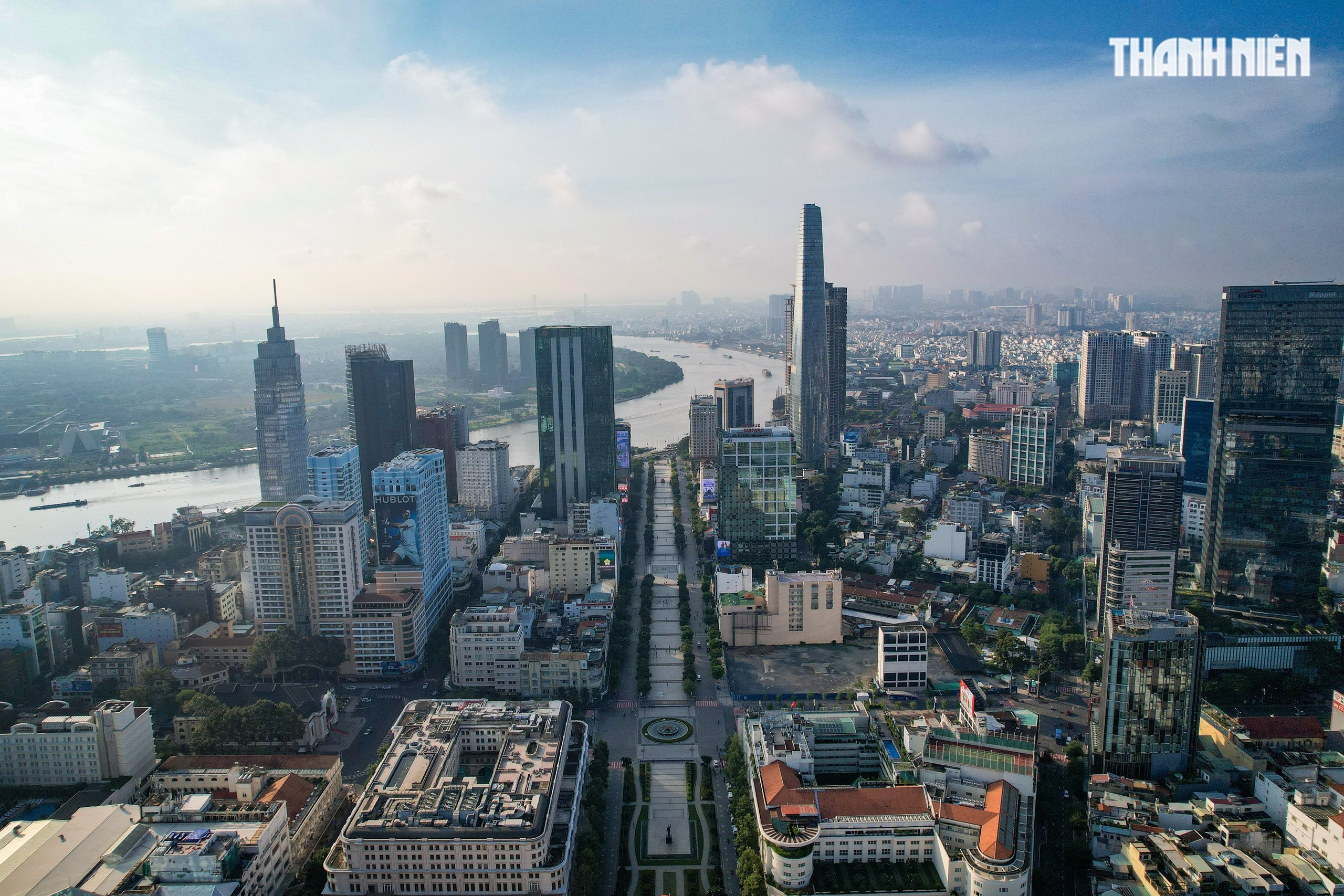
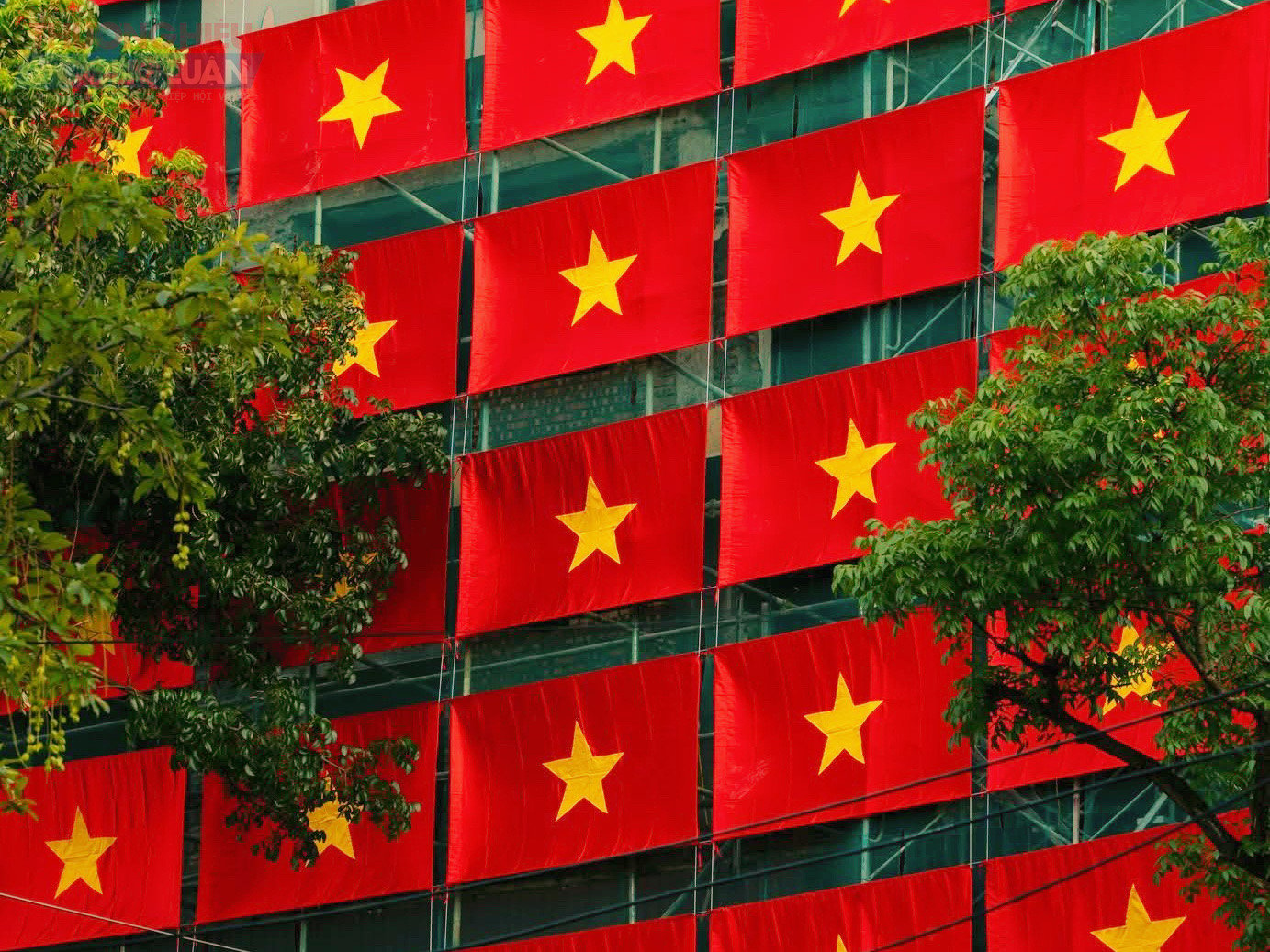
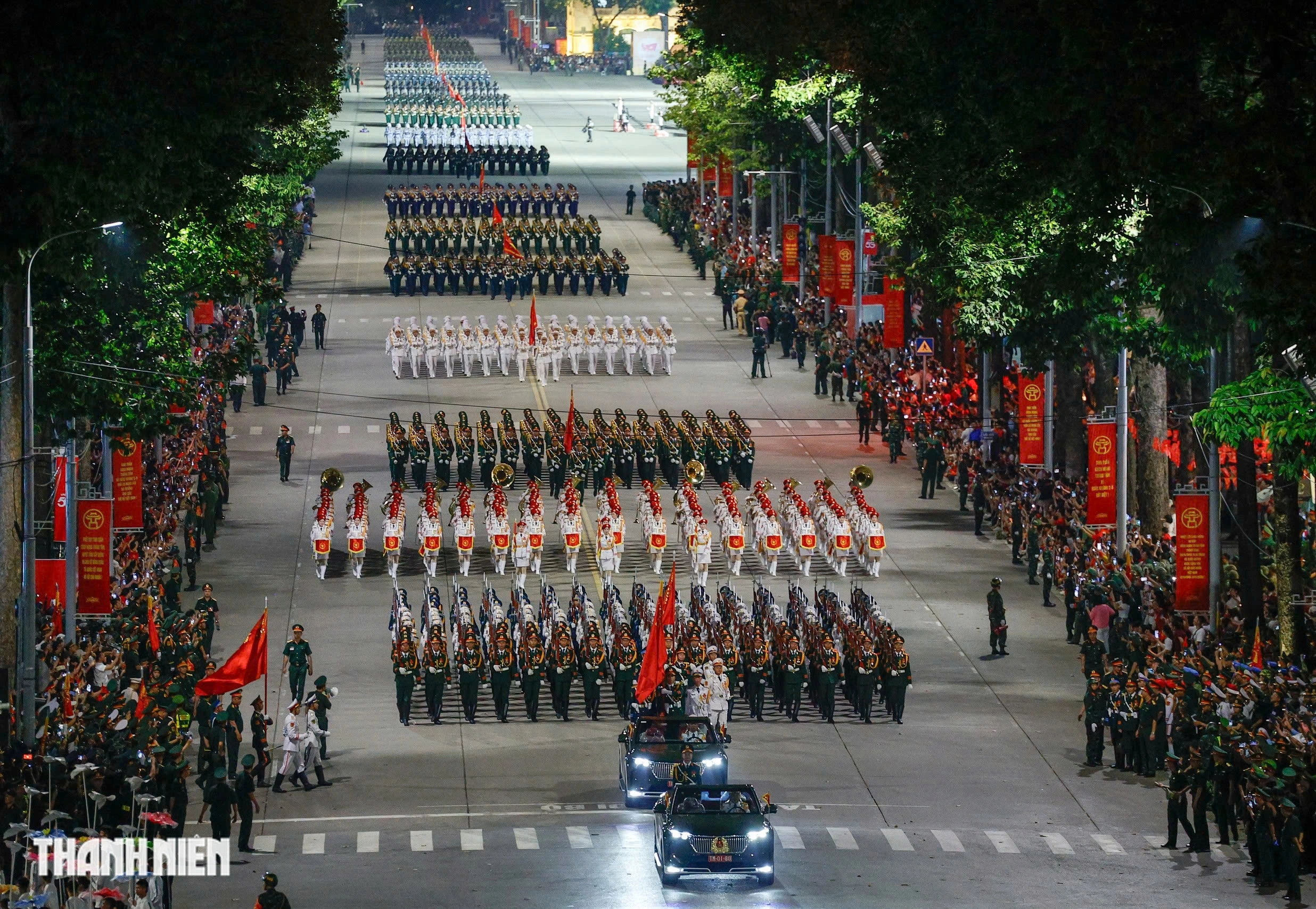
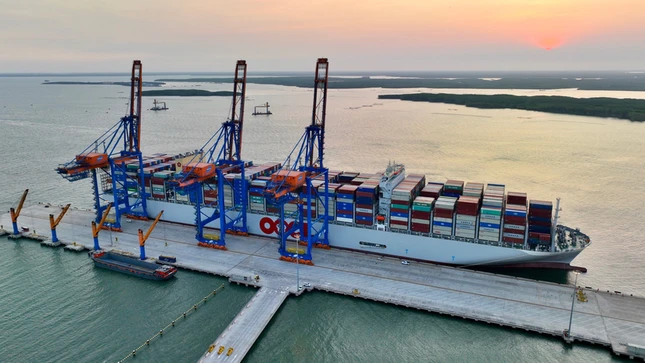

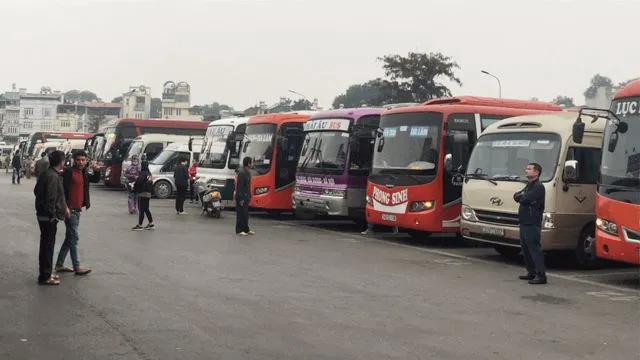

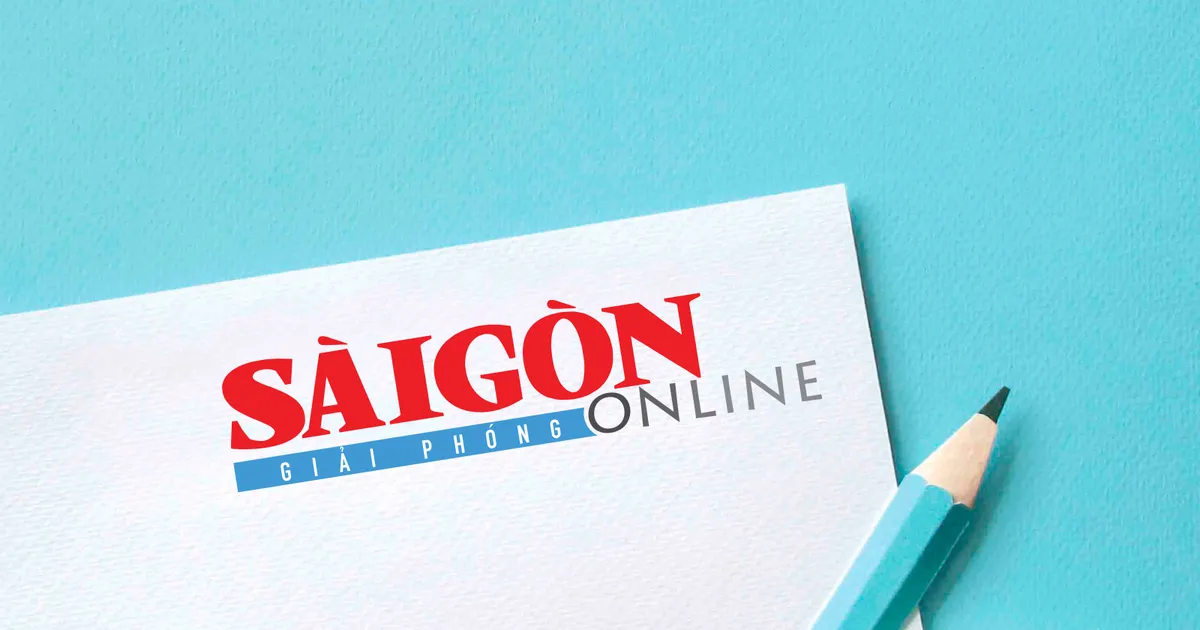
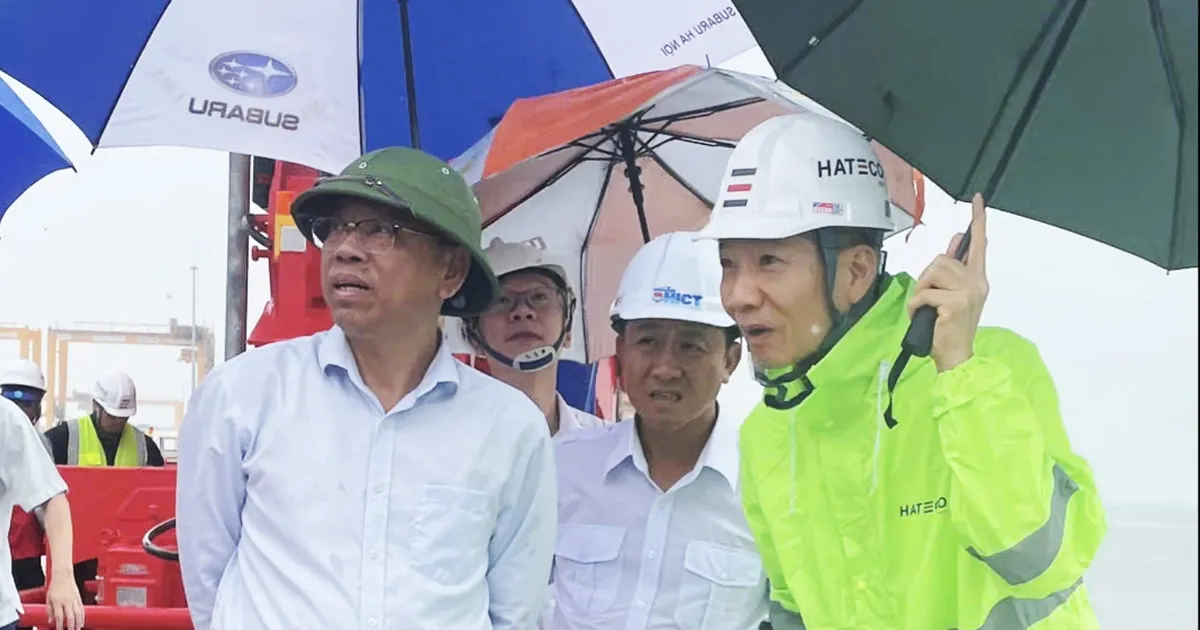
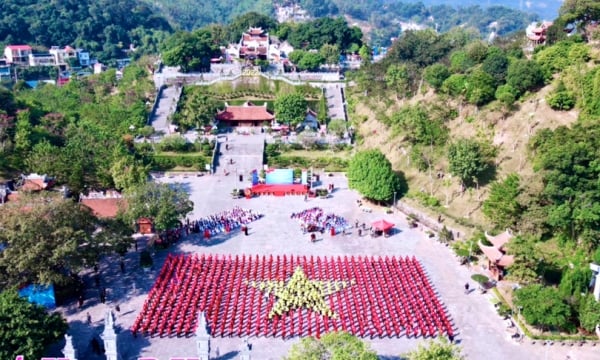

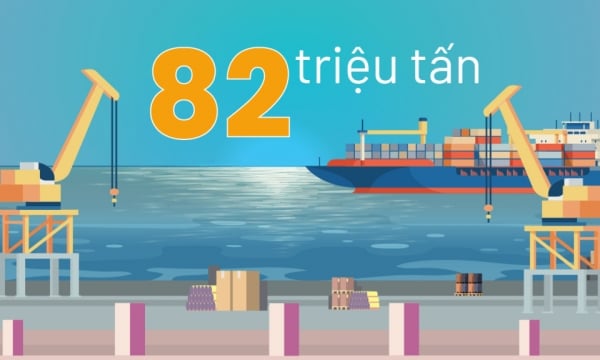






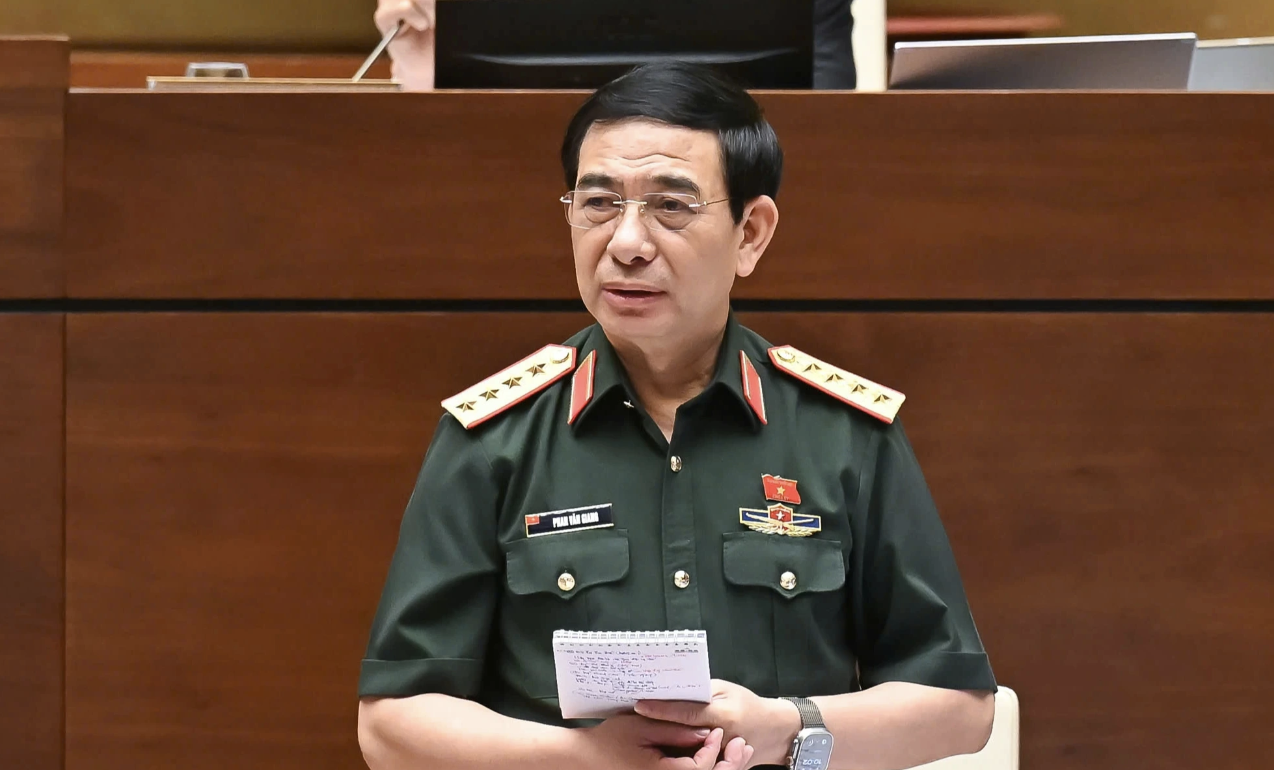

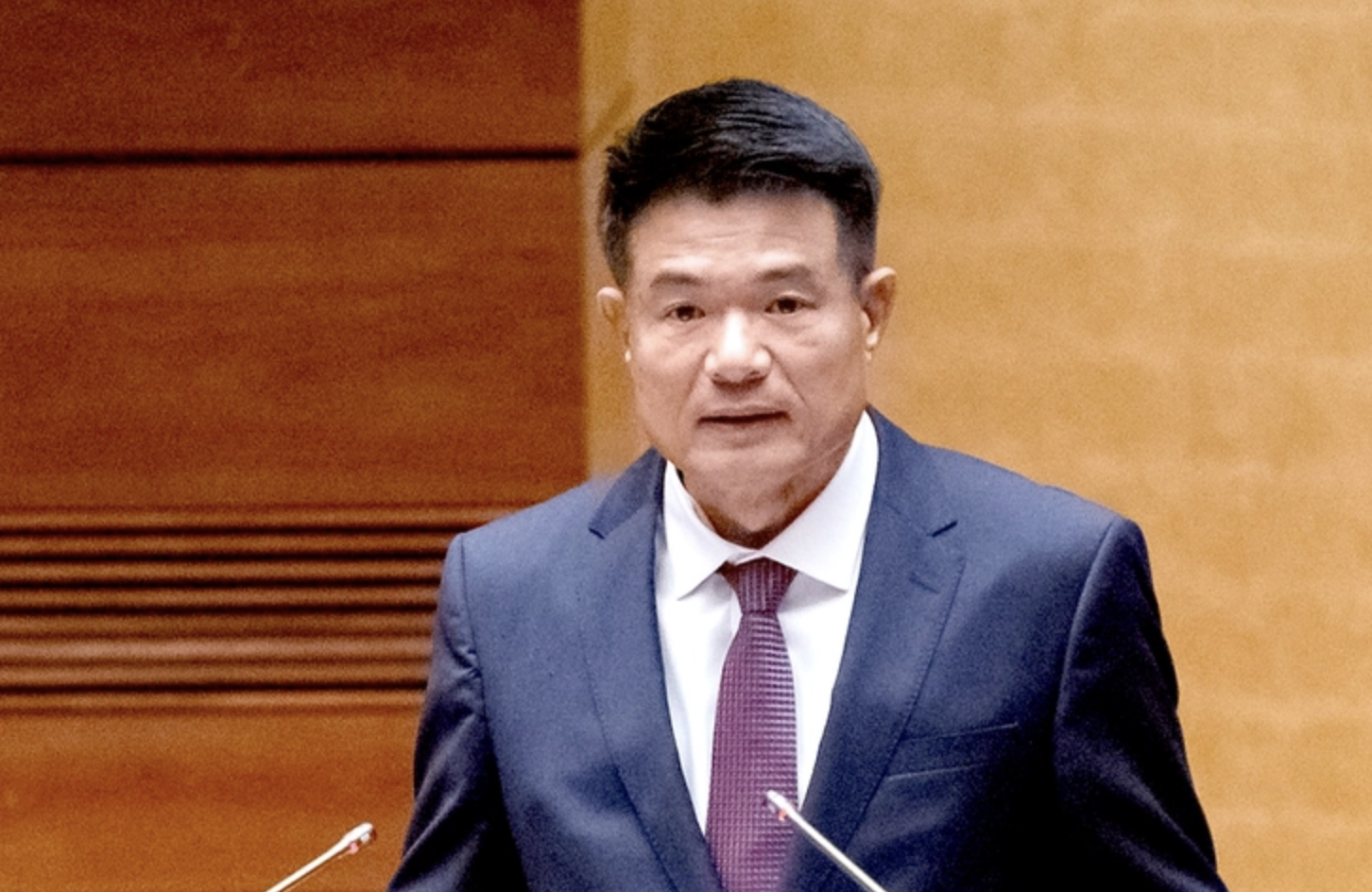








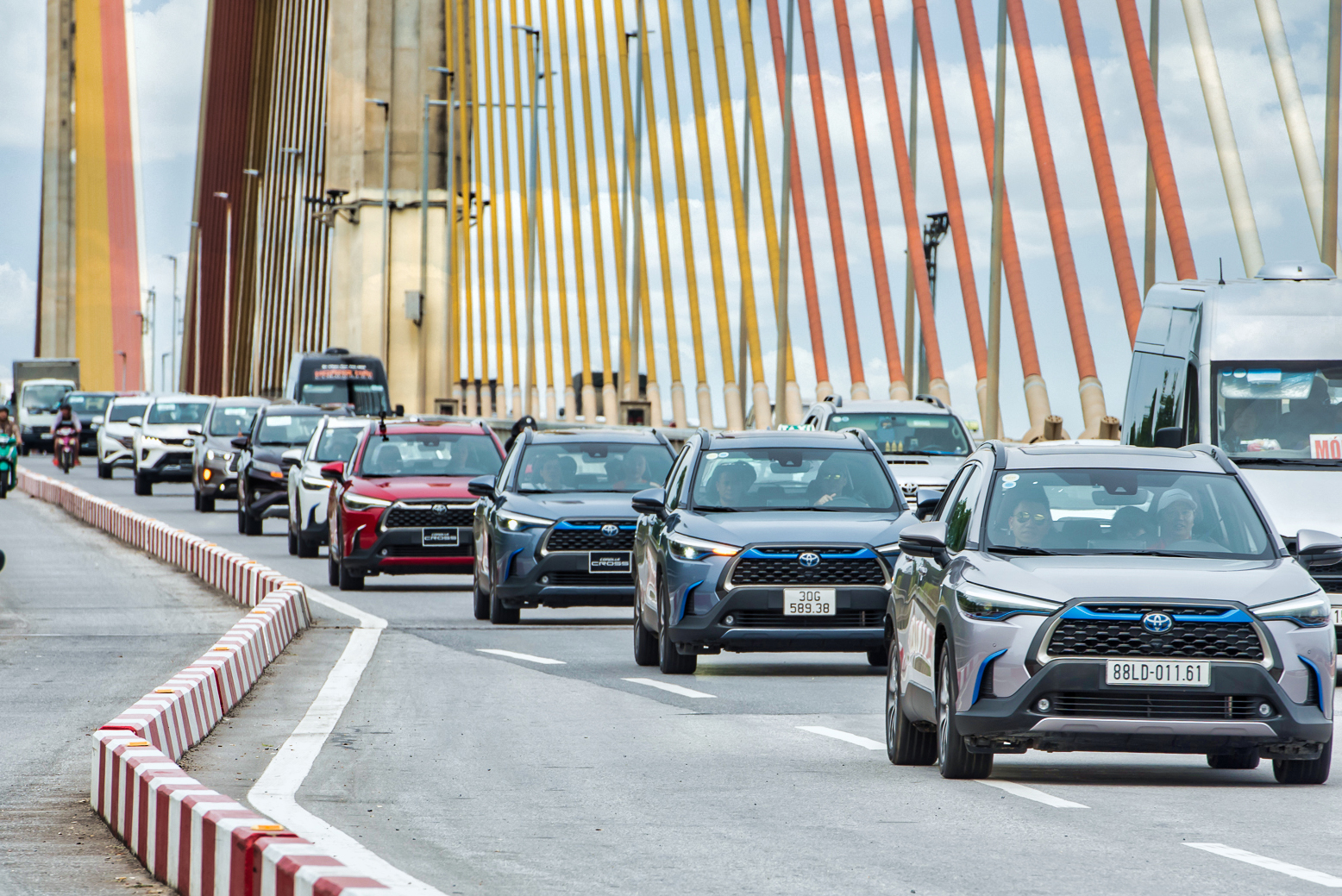





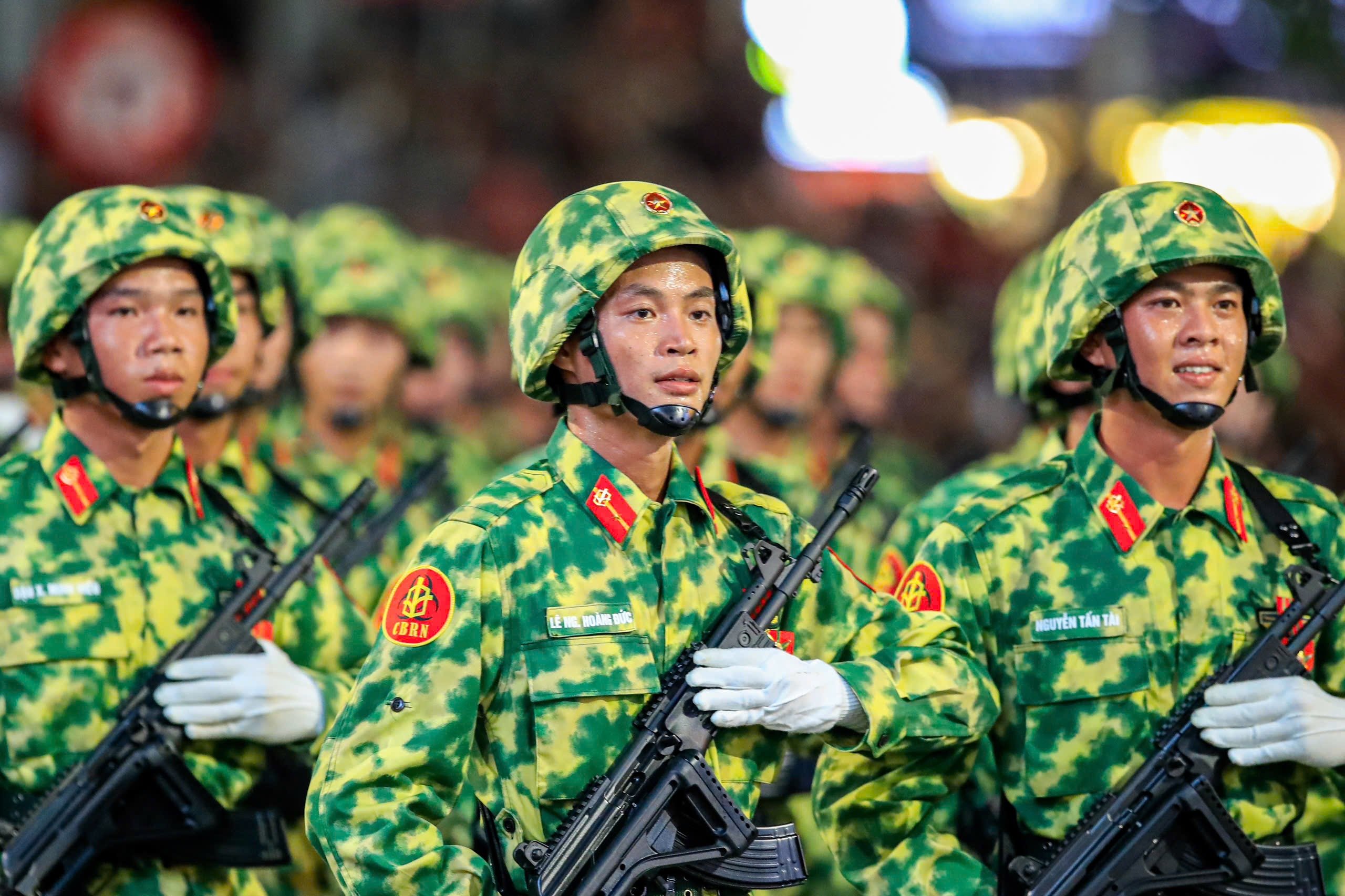
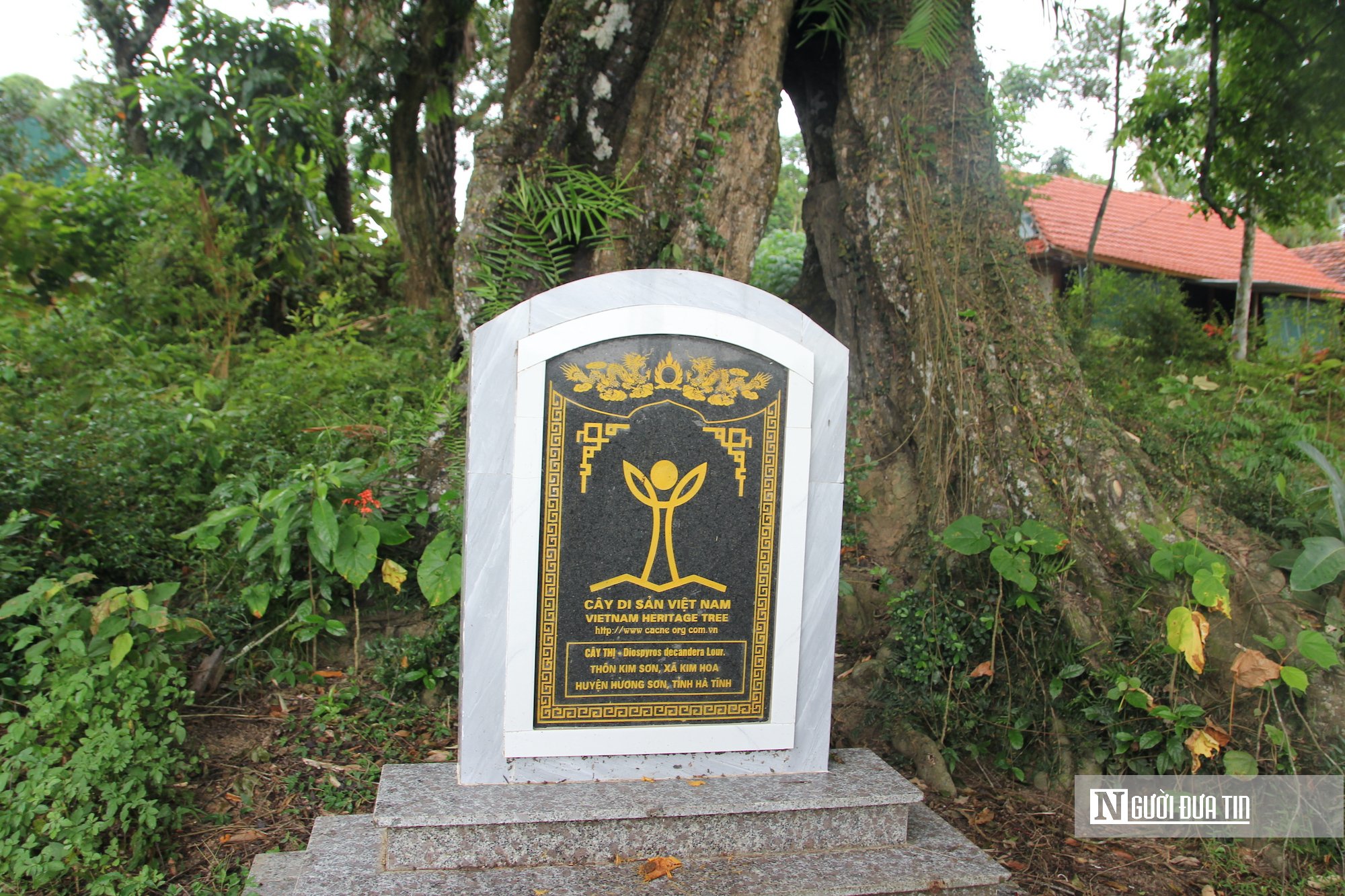







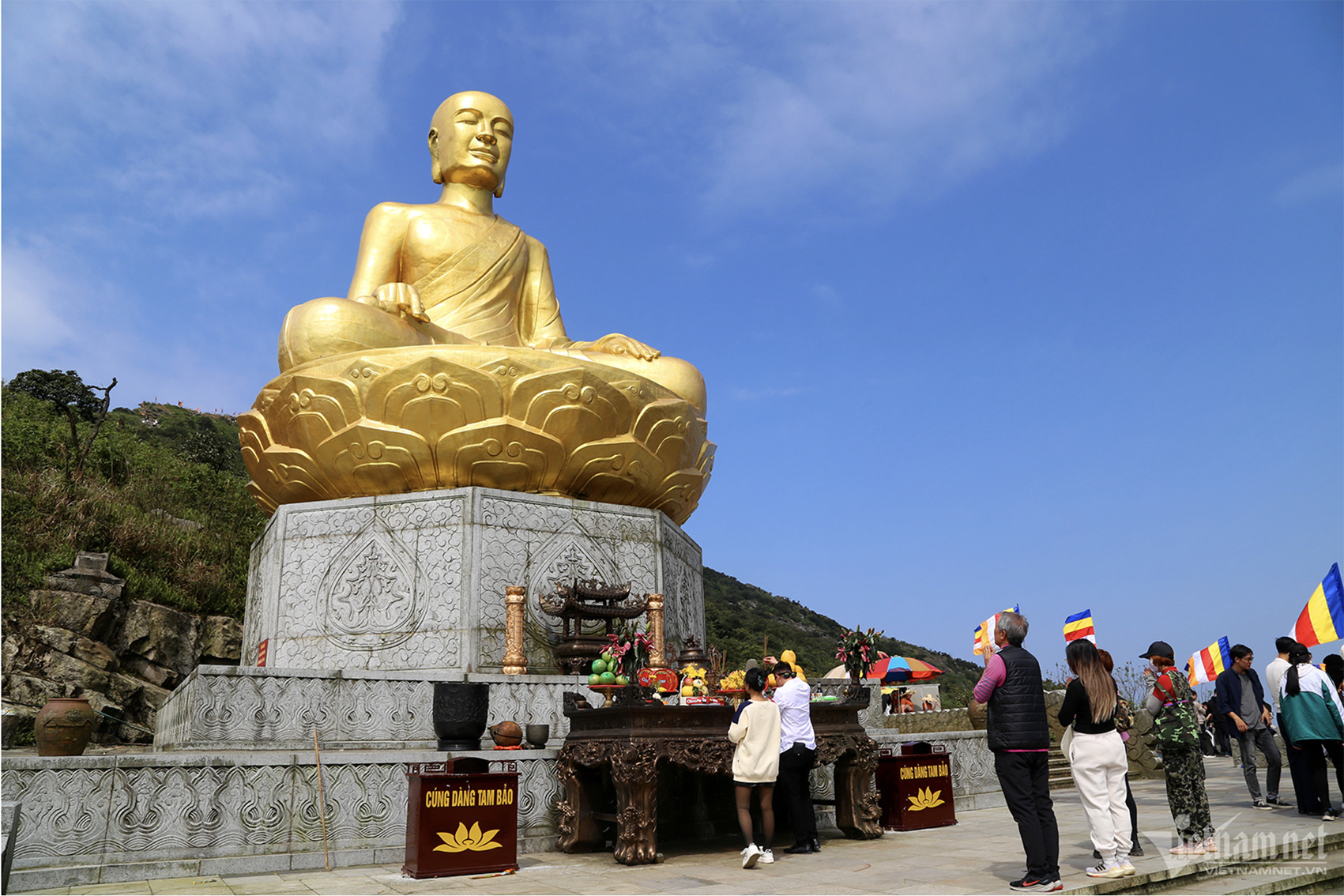



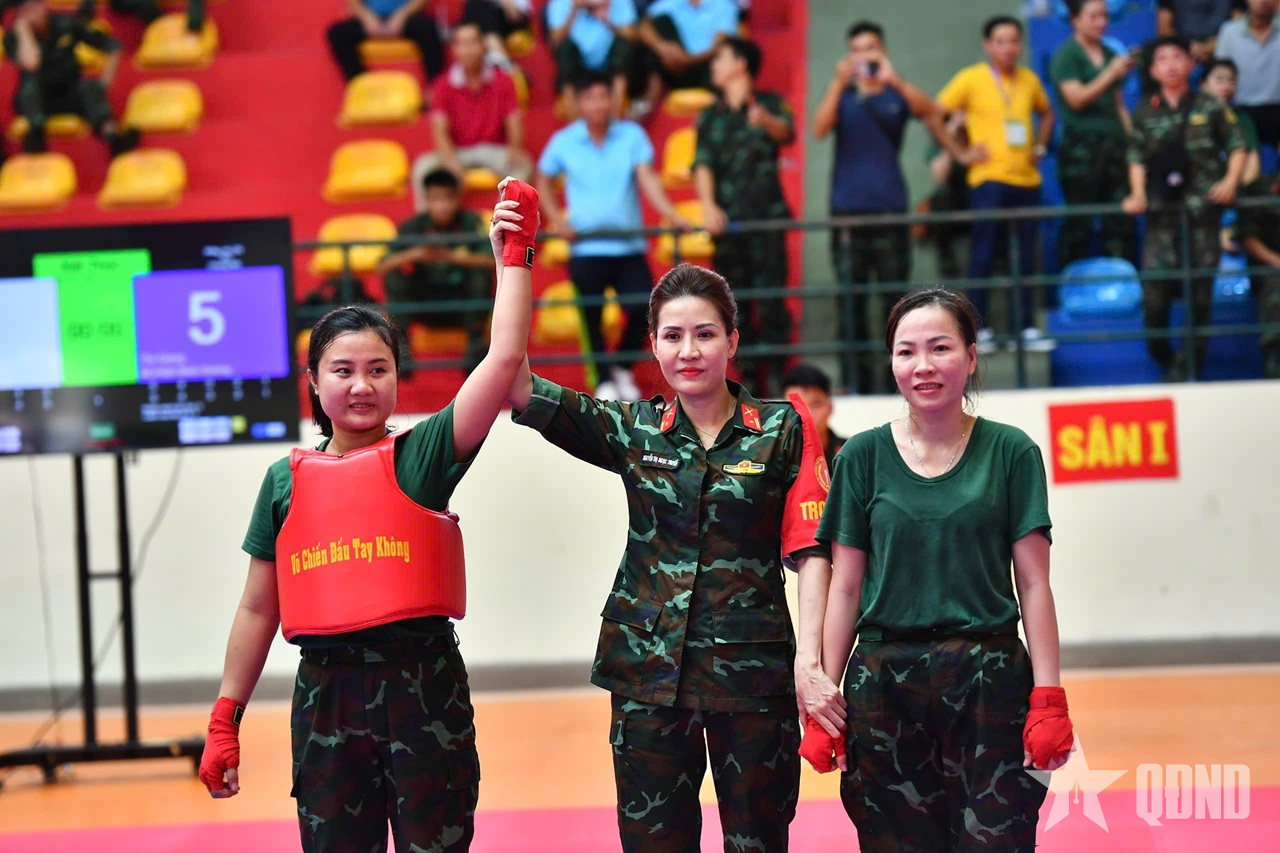

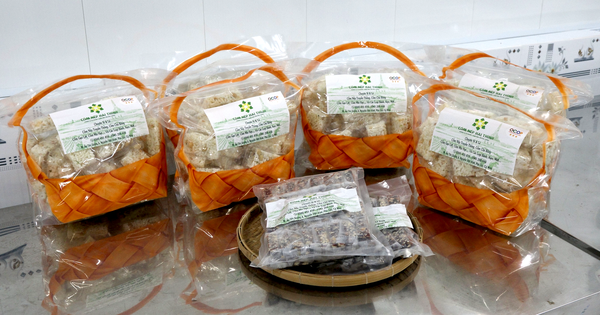




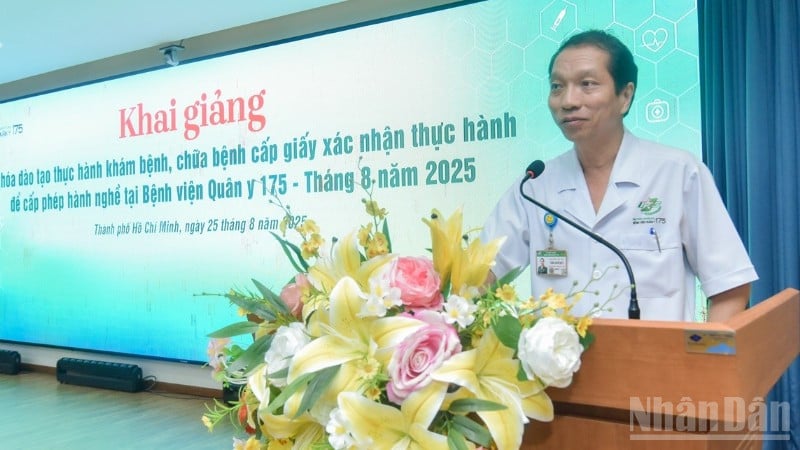


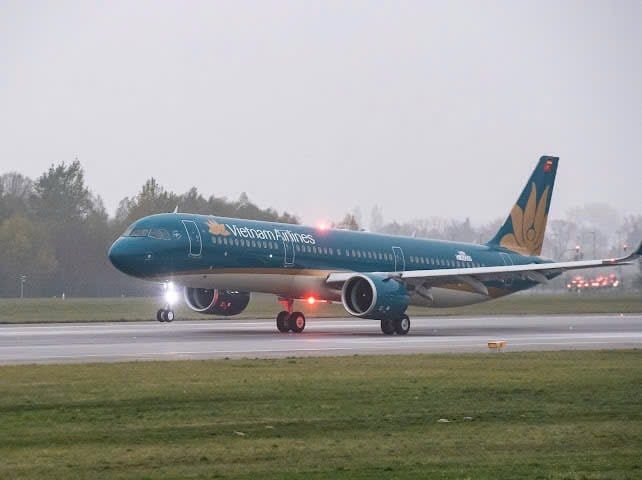



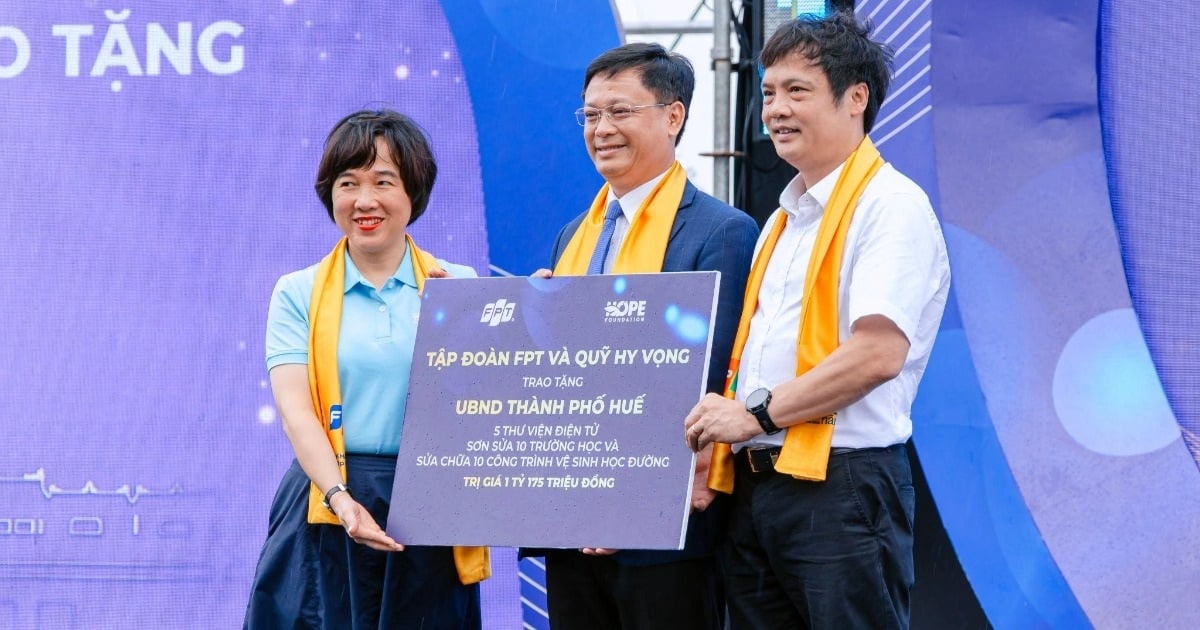


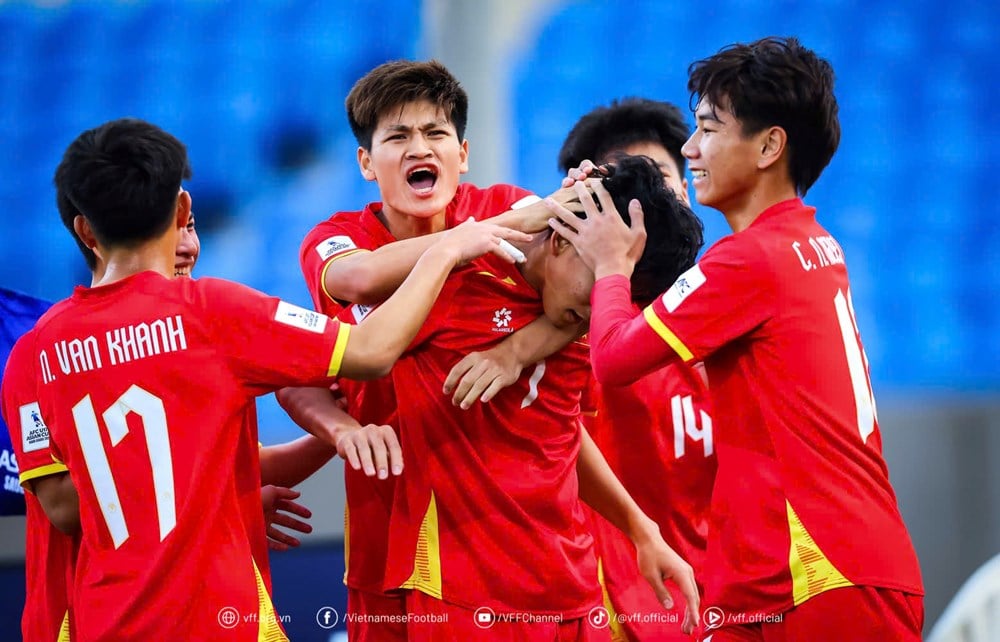

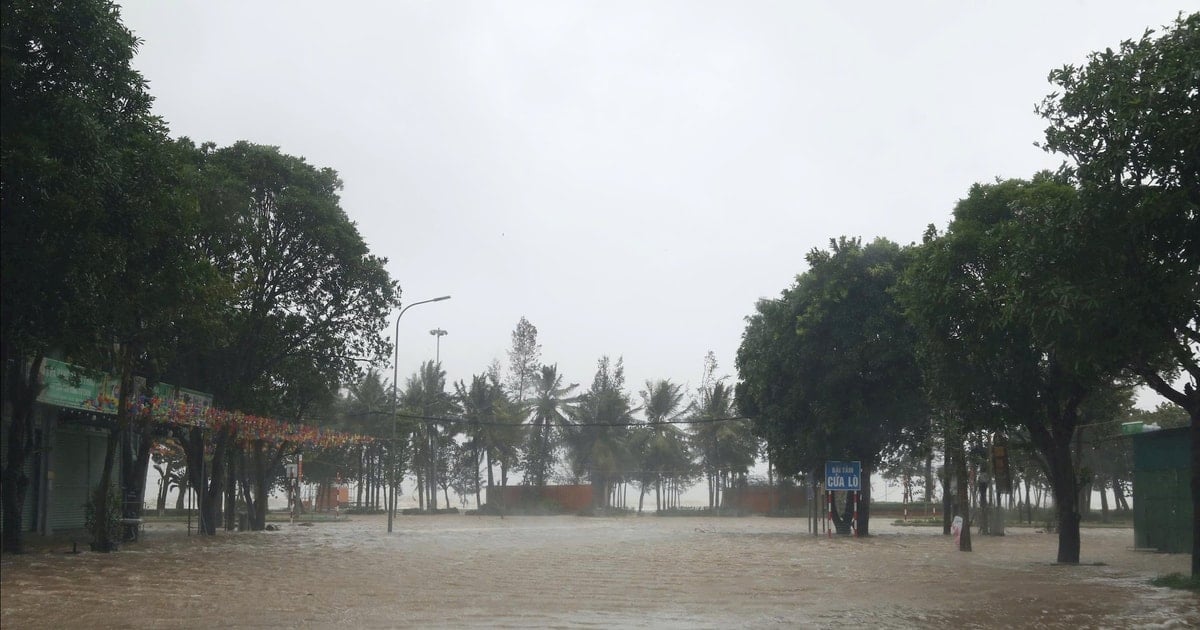

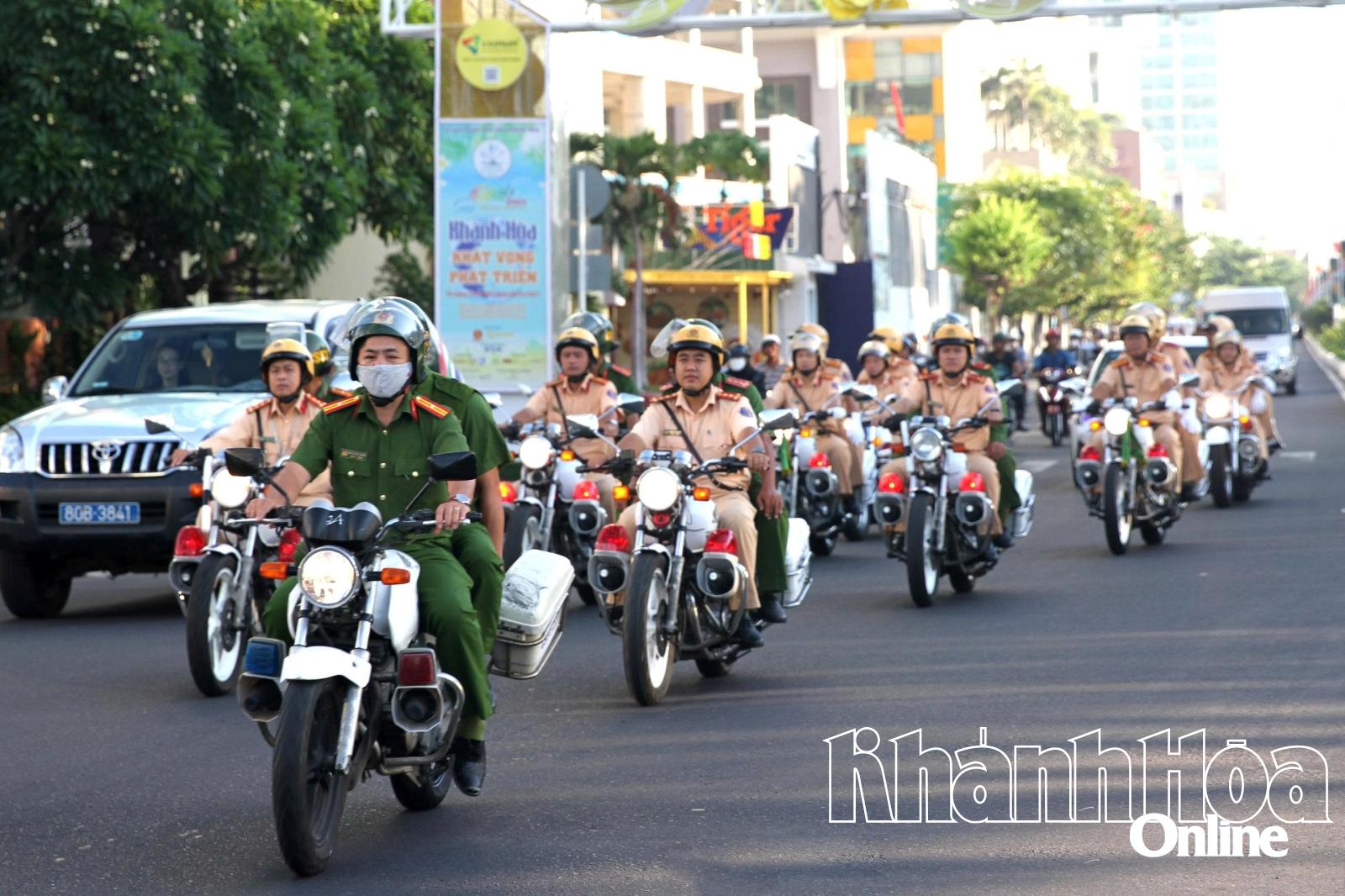

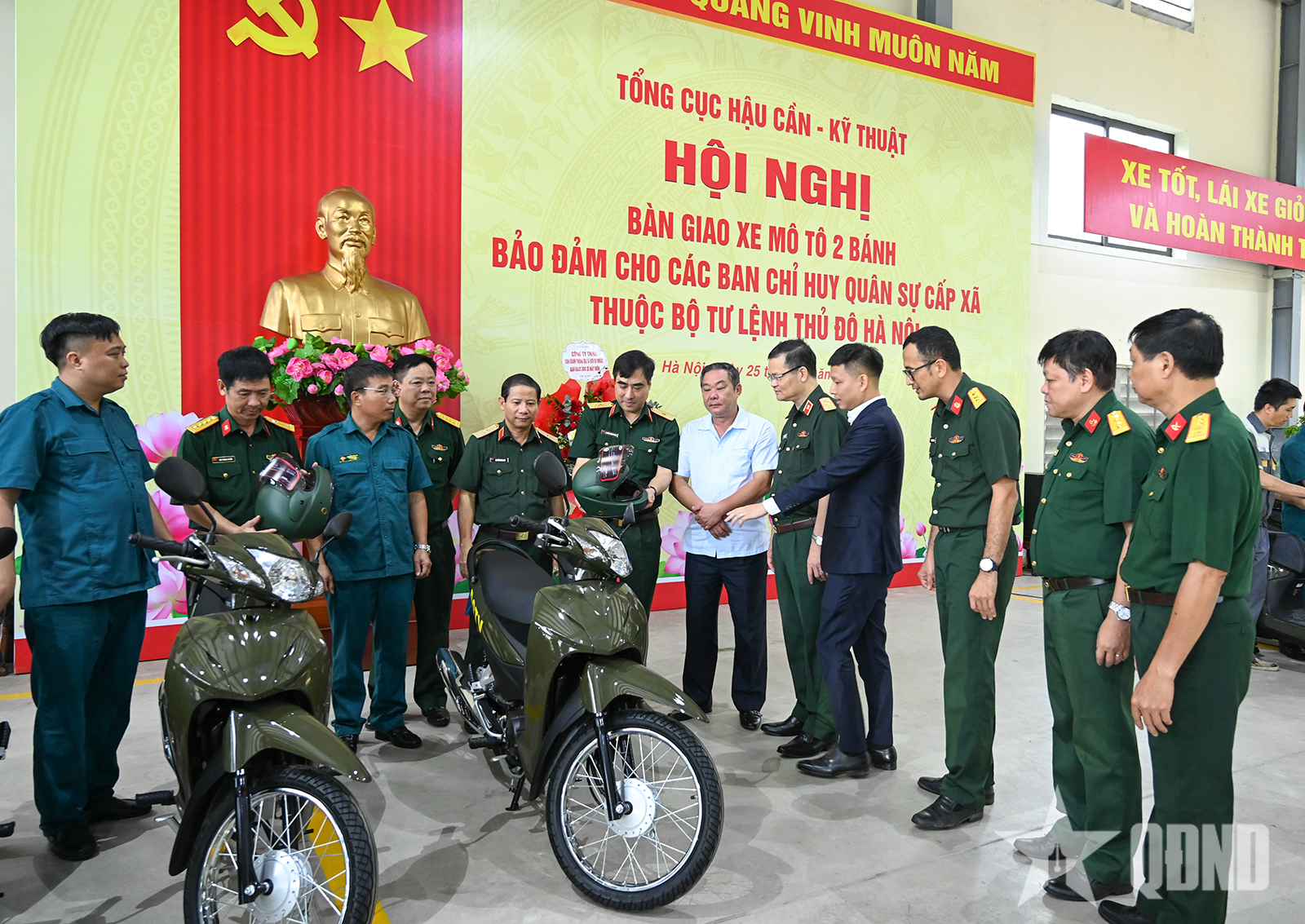
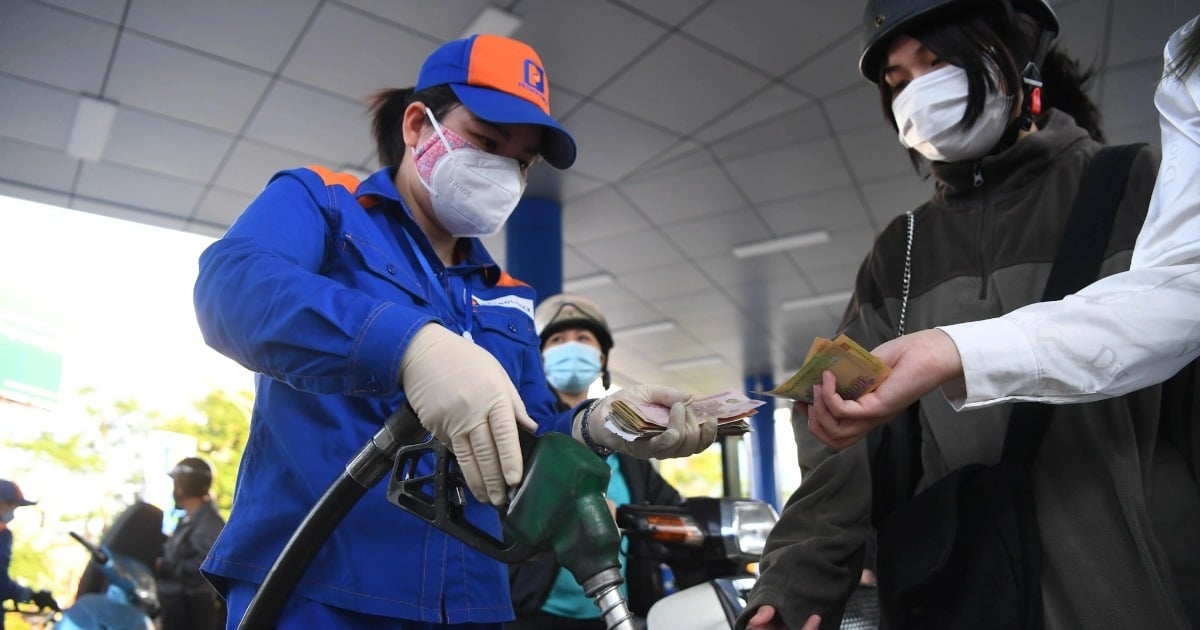



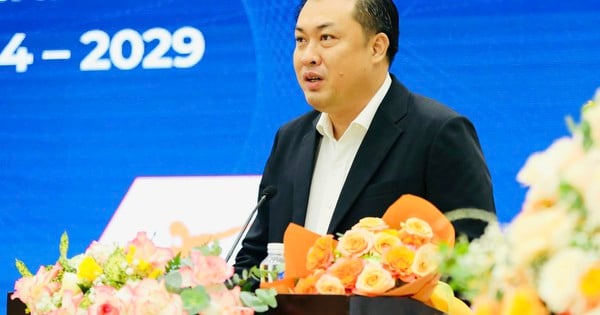







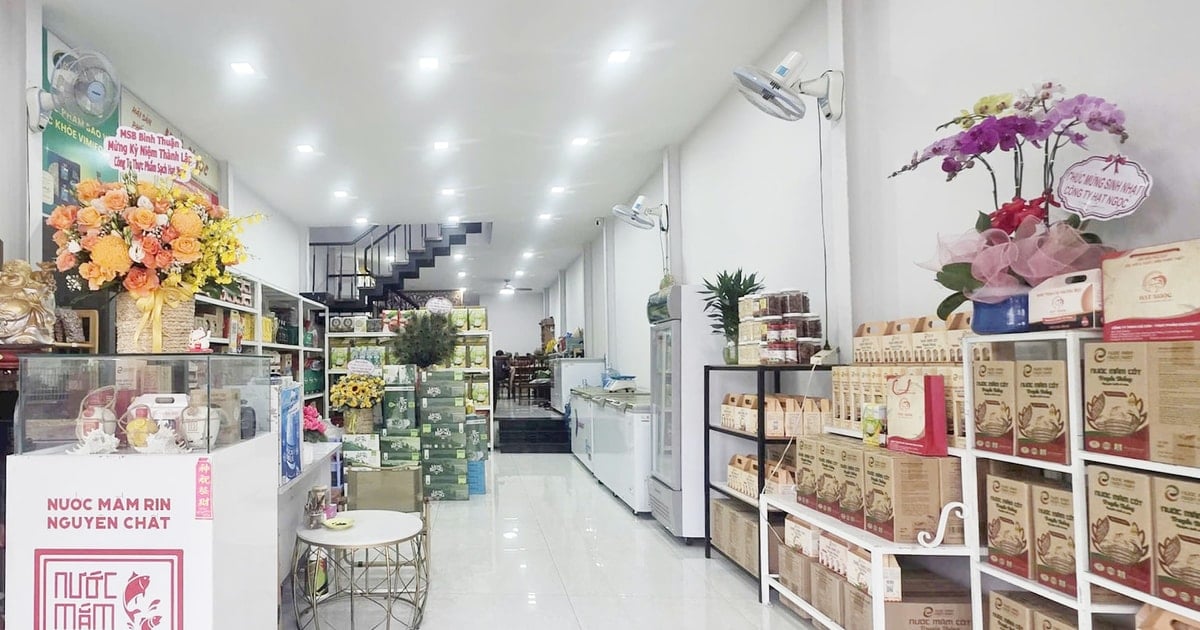

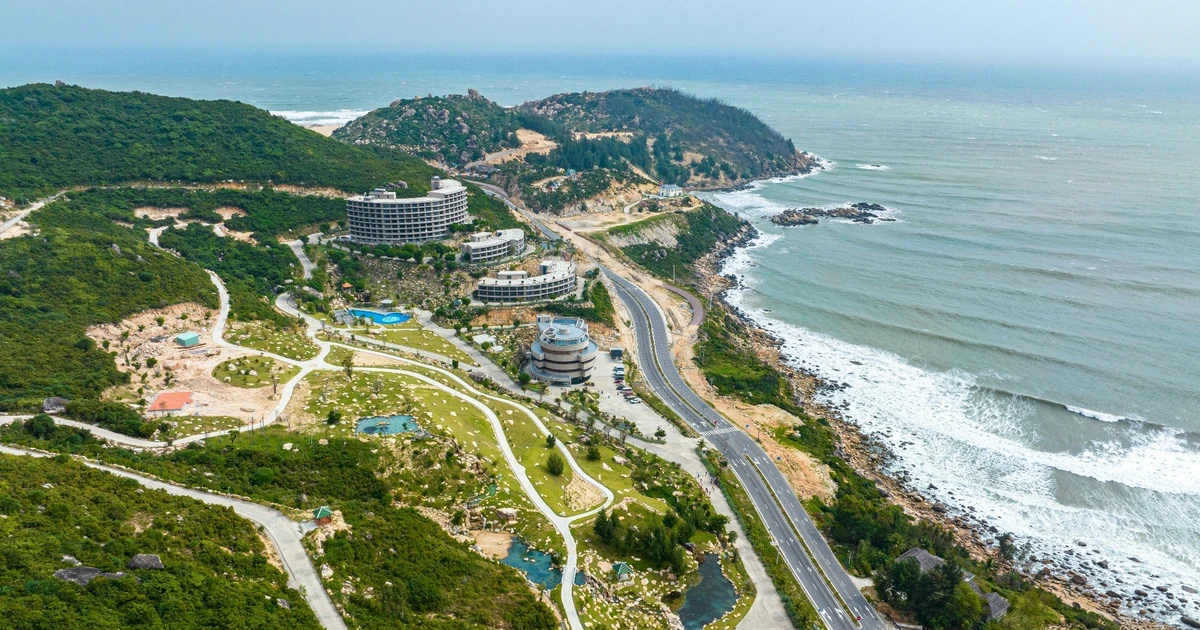
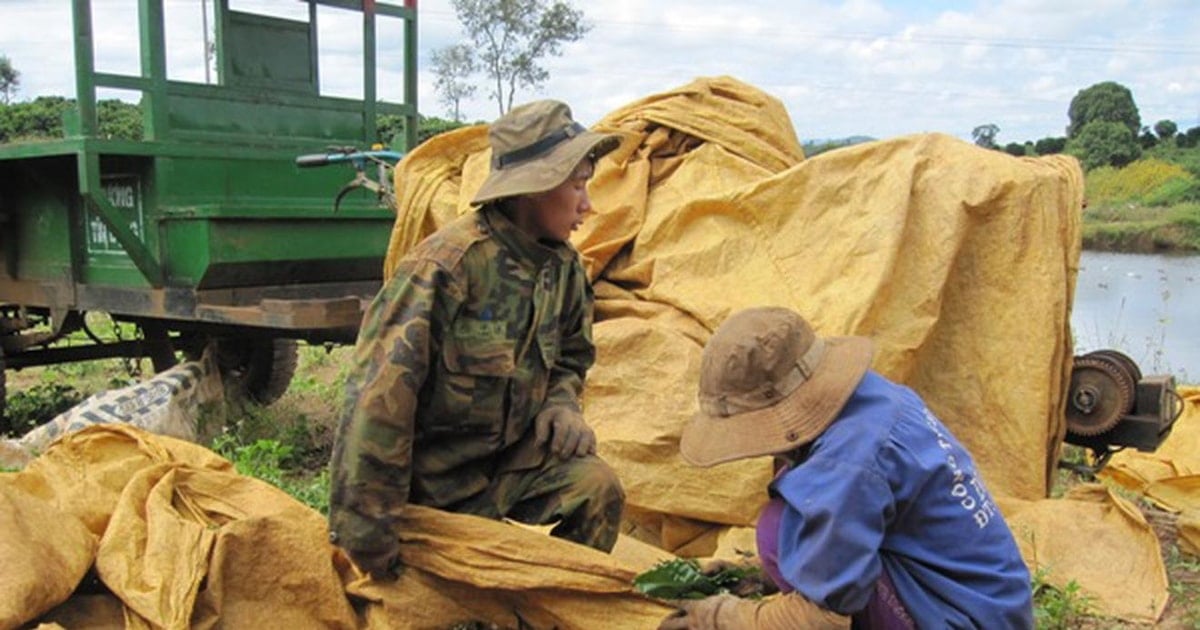




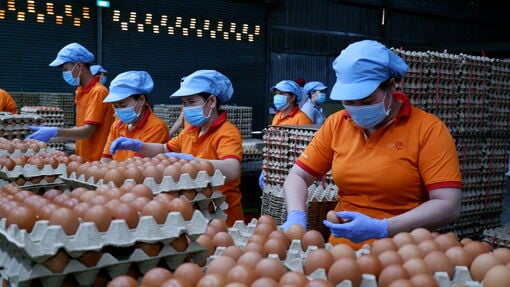

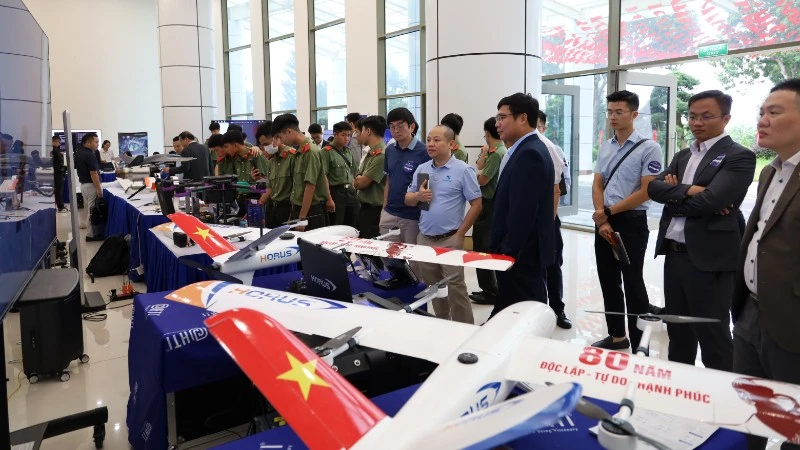
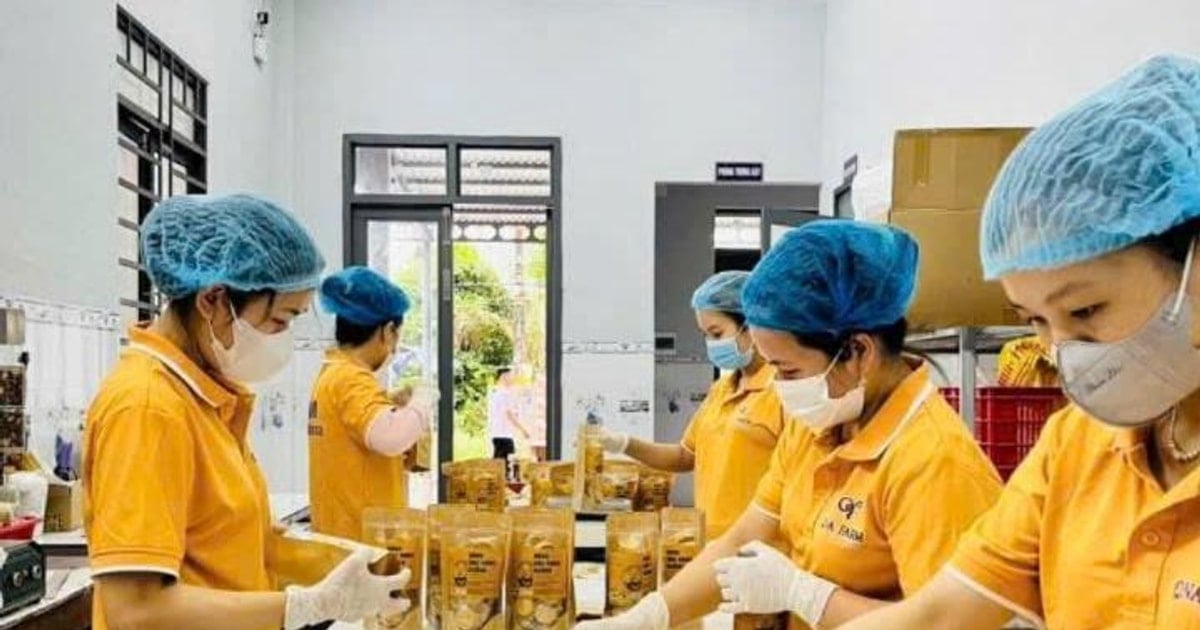
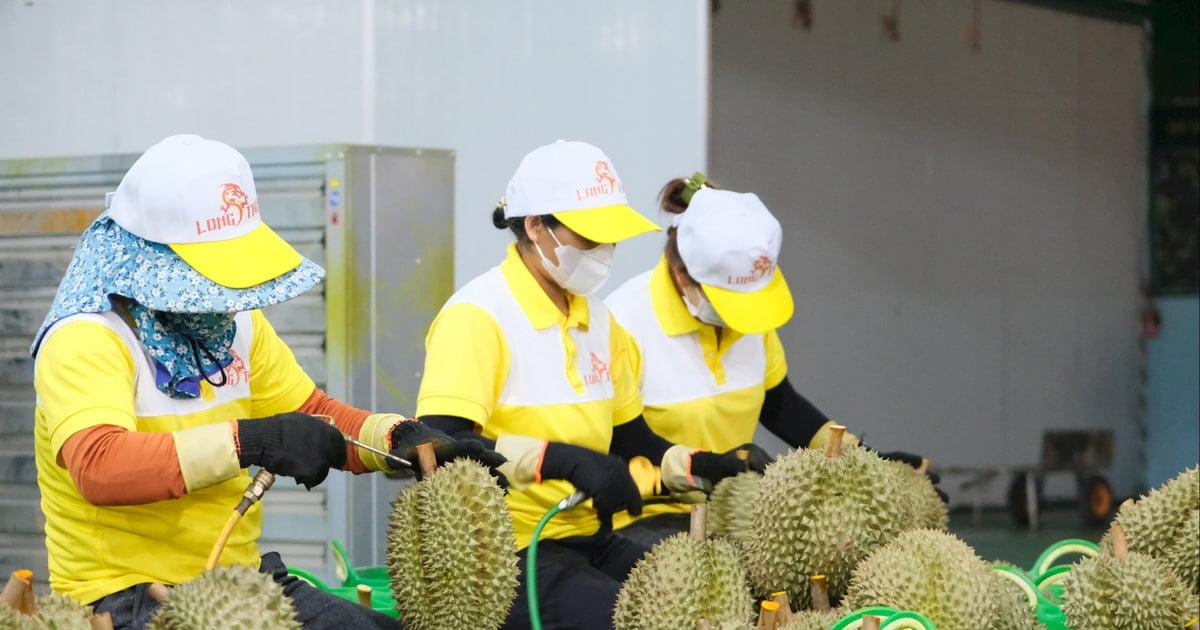





Comment (0)